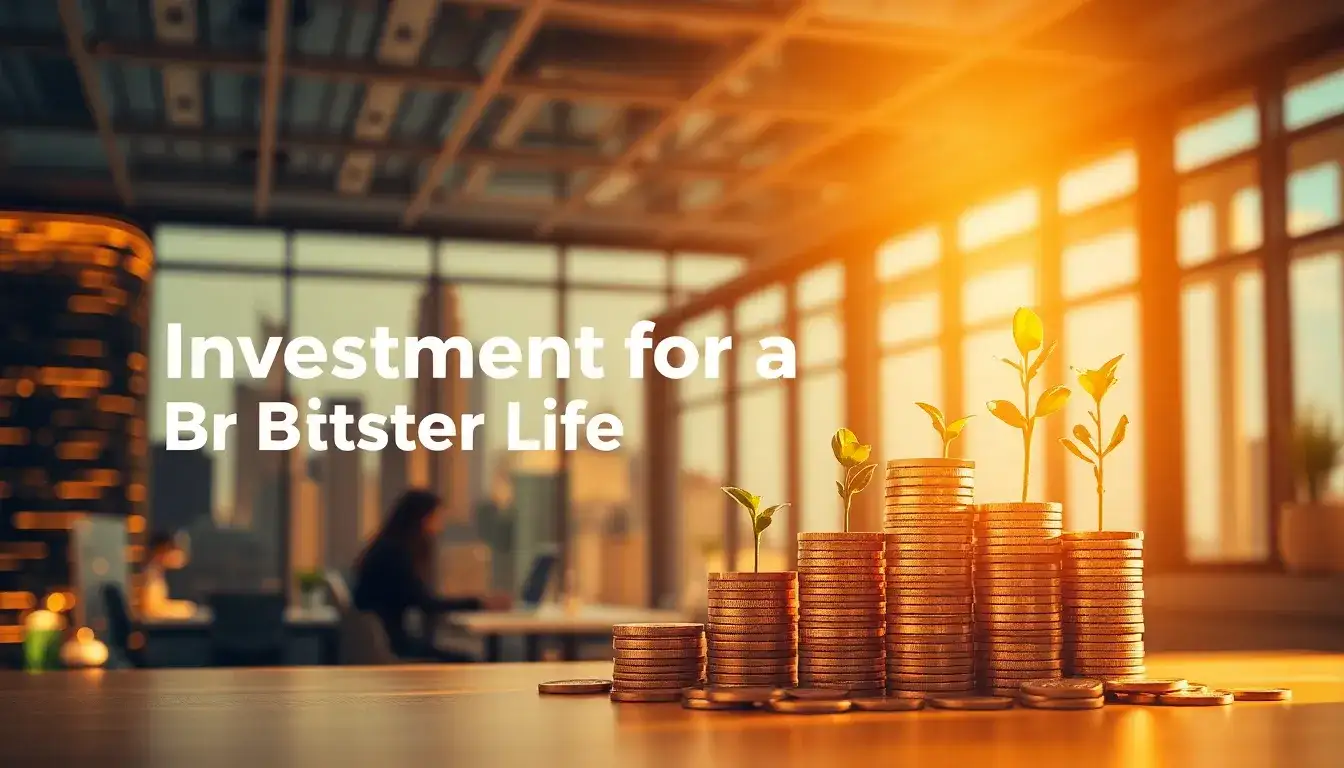
Investing for a Better Life: 2024 Investment Summary and 2025 Outlook
Today is New Year’s Day 2025, a time to reflect on the past year and exchange well wishes. While responding to many greetings, I accidentally sent a “Happy Lantern Festival” animation instead of the intended “Happy New Year” message—an amusing moment that highlights the challenges of aging.
Looking back at 2024, it seems like a gentle breeze, with many events forgotten. However, it was a year filled with significant ups and downs. The end of 2023 was promising, with my account reaching an all-time high on the last trading day. But as 2024 began, unexpected challenges arose, particularly with small-cap stocks and convertible bonds. In January, the convertible bond index dropped by 8.48%, and my account fell by 9.02%. By February 5, I faced my largest loss of the year at -11.95%, nearly erasing all my gains from 2023.
Though a rebound began afterward, my account fluctuated below water until September. The losses weren’t substantial, but the feeling was uncomfortable. In April, I made a rare timing decision based on historical data, liquidating my entire holdings of convertible bonds to invest in bond ETFs. Unfortunately, the market continued to rise, and my timing resulted in a lag of around 4%, as the convertible bond index gained 1.19% while my actual account fell by 1.71%.
Despite a 4.24% increase in May, outpacing the convertible bond index’s 2.03%, subsequent months saw declines of 2.48% in June and 2.76% in July. Although I didn’t underperform the indices, the experience was still unpleasant. I recalled previous long-term declines, like the bear market in 2018, when I lost over 27% by holding onto blue-chip stocks. Back then, my investment was significantly smaller, and I couldn’t bear the daily losses, ultimately pulling some capital out in July for necessary expenses.
From July to September 23, while still heavily invested in convertible bonds, my emotional response improved. The market rebounded sharply, and my account hit new highs continuously from December 6, setting records for five consecutive trading days. My yield was calculated using the standard net asset value method, with overall accounts yielding 17.11%. Although I withdrew some capital in July, I avoided the severe downturn from that period, which helped me navigate the market effectively.
Reflecting on my investments since 2018, I’ve achieved over 32 times returns. If calculated from my first investment in 2007, the actual return exceeds 32 times, as I continued to invest additional funds even after retiring. The net investment in the market is currently negative, but the profits have far surpassed the initial investment, with capital remaining in the market over 20 times the original investment.
These thoughts alleviate any regrets about withdrawing funds in July. Ultimately, the purpose of investing is to enhance one’s life, not the opposite. This year marks the tenth anniversary of sponsoring the Hebei University of Science and Technology’s Huacheng Scholarship, a commitment I made back then, and I will continue to support it. Helping others through knowledge brings me immense joy, and my online sharing has benefited many users, which is the best reward I could ask for.
According to data from Tian Tian Fund, among the 7,056 actively managed mixed funds with full-year data last year, 4,907 yielded profits, accounting for 69.54%, while 2,144 suffered losses, making up 30.39%, with five funds reporting zero returns.
Here’s a comparison of my investments over the past nine years during bullish and bearish markets: The average annualized return during the nine-year bull market was 39.20%, underperforming the best public equity fund, Huaxia Large Cap, at 46.83%, and the CSI 300 index’s 40.57%. However, during the nine-year bear market, I only incurred losses for two years, with an annualized return of just 6.05%. Ultimately, after 18 years, my overall return soared to 32 times, far surpassing both the CSI 300 index and the best public funds. Most years, my portfolio was heavily invested in less mainstream assets: closed-end funds, bonds, Class A shares, and convertible bonds, which at the time offered a naturally advantageous position over direct stock purchases.
Some have remarked that my strategy lacks value investing and speculation, only focusing on quantifying convertible bonds, and they may be right. Currently, of the four major asset types, only convertible bonds remain. Some users have asked what will happen if convertible bonds disappear like the others in the future. My response: “We’ll cross that bridge when we come to it.” There will always be a relatively optimal choice, just as there were after the disappearance of the other three types.
As for my outlook for 2025, I refrain from making predictions as I know my limitations. Instead, I prepare for various scenarios: if a bull market emerges, I accept that convertible bonds may underperform; in a volatile market, my goal is to avoid losses; and in a bear market, I aim to minimize any losses.
As I grow older, I’ve come to realize that both work and investing should enhance the quality of life rather than detract from it. I wish all readers a prosperous and fulfilling 2025!







